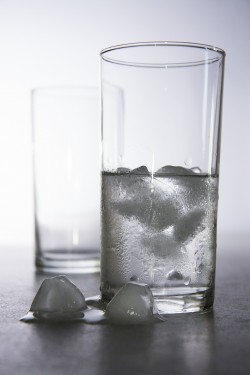 The current crisis in Flint, MI has raised nationwide awareness and concerns about the quality of water entering our homes. If you’re curious about the quality of water in your home, you can purchase a water testing kit online or at a local hardware store for around $10-20 or have it tested professionally.
The current crisis in Flint, MI has raised nationwide awareness and concerns about the quality of water entering our homes. If you’re curious about the quality of water in your home, you can purchase a water testing kit online or at a local hardware store for around $10-20 or have it tested professionally.
Here are a few of the more common tools and approaches used to improve home water quality:
Home water filtration systems
While many people purchase bottled water to ensure water safety, the bottled water industry is largely unregulated and a much more economical and environmentally friendly approach is to purchase a water filtration system. The simplest form of a water filtration system is a pitcher system, like Brita, which filters out sediment and reduces chemical levels in tap water without the need for any plumbing installations. You only need to purchase a pitcher and replacement filters. Faucet filtration systems work in a similar manner but are slightly more convenient because there is nothing to fill on a regular basis. The most effective (and more costly) water filtration systems are reverse osmosis filtration systems that filter out up to 99% of contaminants from drinking water.
Water softeners
A water softener is a tank installed in the home that removes calcium and magnesium hardness by ion exchange. A water softener can be leased from a water service company or purchased by a homeowner. When leased, the water service company will install and maintain the equipment. If purchasing the equipment, it’s important to hire a plumber that is trained to perform the task and comply with all of the associated codes. Installing a water softener also improves home efficiency because soft water heats up faster than hard water. One important thing to consider, however, is that a water softener trades sodium ions for the calcium or magnesium ions that are associated with water hardness, so those with low-salt diets should be cautious.
Replace leaded components
If lead is found in the water, the most effective method to remove it is to replace old lead solder pipes with plastic PVS or PEX pipes that are approved for home plumbing use. Of course, this method only works if the source of the lead is within the home plumbing system, not from a source outside of the home.
If you are concerned about the water quality in your home, there are steps you can take to improve it. Speak to your local plumber if you are unsure what the best approach may be.
Back To Top